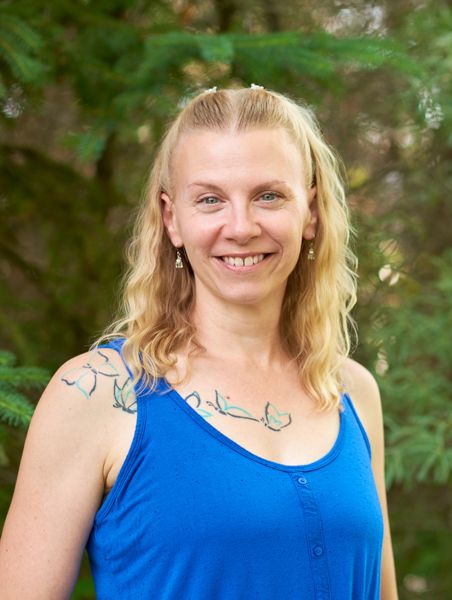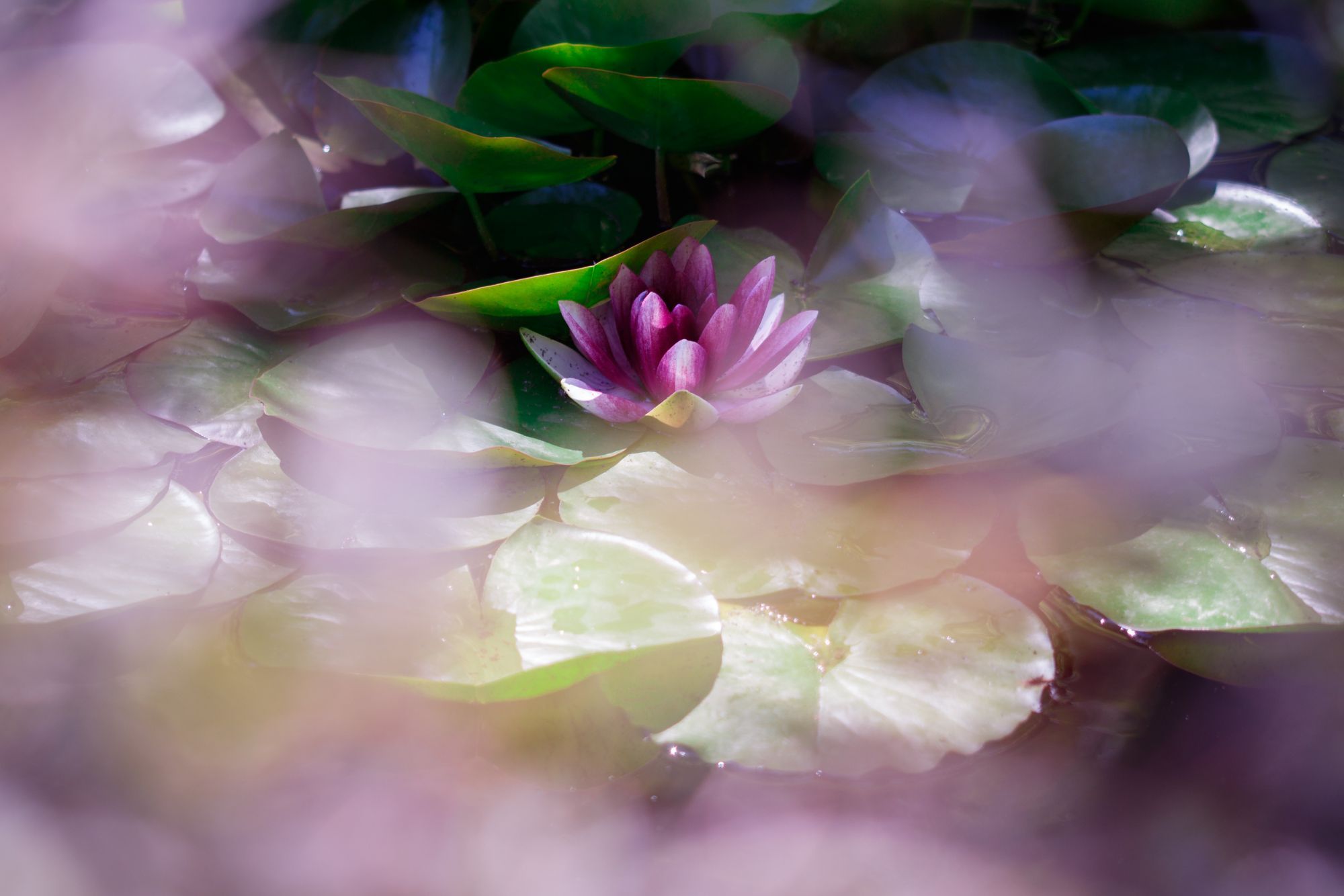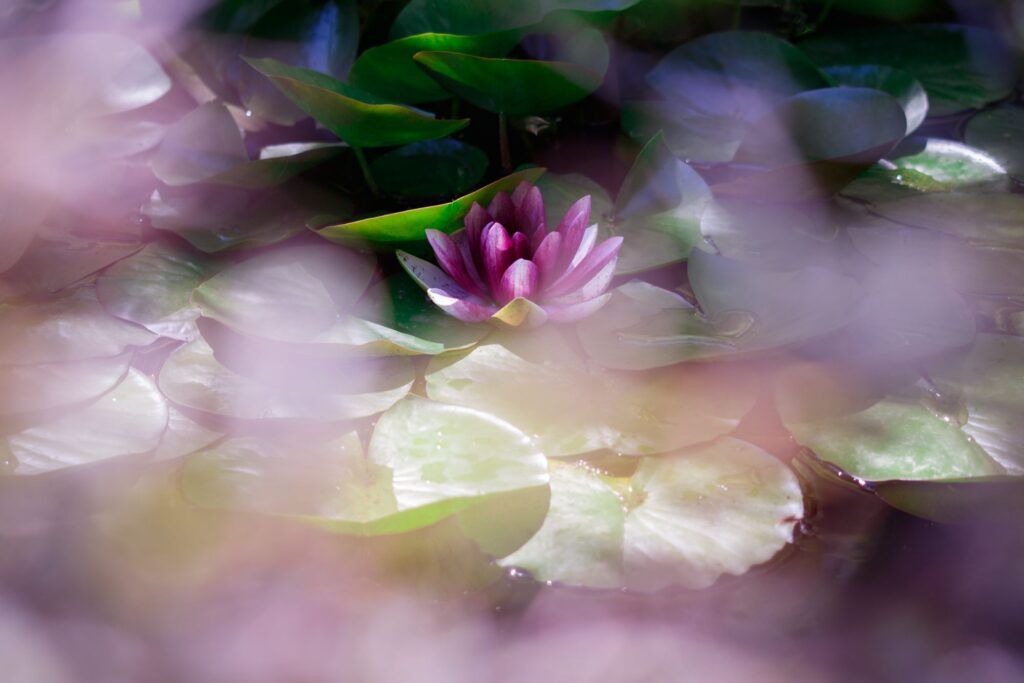Nature. It is defined by Merriam-Webster’s dictionary as, “the external world in its entirety.” But to me, nature means something a little more specific. I think of nature as the elements of our world that are not manufactured, though we can and often do create things that include it.
I find myself strongly drawn to nature as a kind of antidote to the indoor existence of modern life. Between commuting to work, spending time at the office, and keeping a household running, I often feel stifled and crave the fresh and unfiltered aspects of the natural world. In warm weather months, I am outside as much as possible. I have filled my home with plants and often buy cut flowers to add pops of color to help keep nature in my life in the cold winter months.
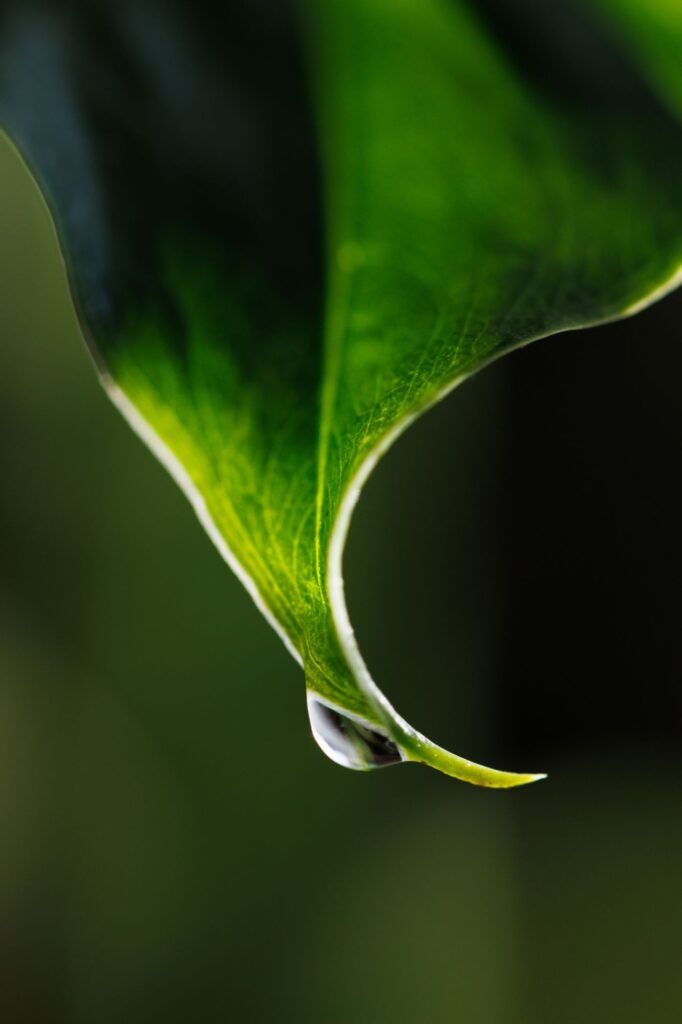
Photography by Lisa Cannon
As a photographer, nature is one of my favorite subjects and an endless source of content for images. I can create anytime my camera is in my hand, often without leaving my own backyard. My house plants will become models now and then when the weather is an issue. I can walk through my neighborhood, hike through ravine trails, or drive through the mountains and capture images to my heart’s content. Nature is endlessly varied, always available, and generally free to access, which is everything I love about photography subjects!
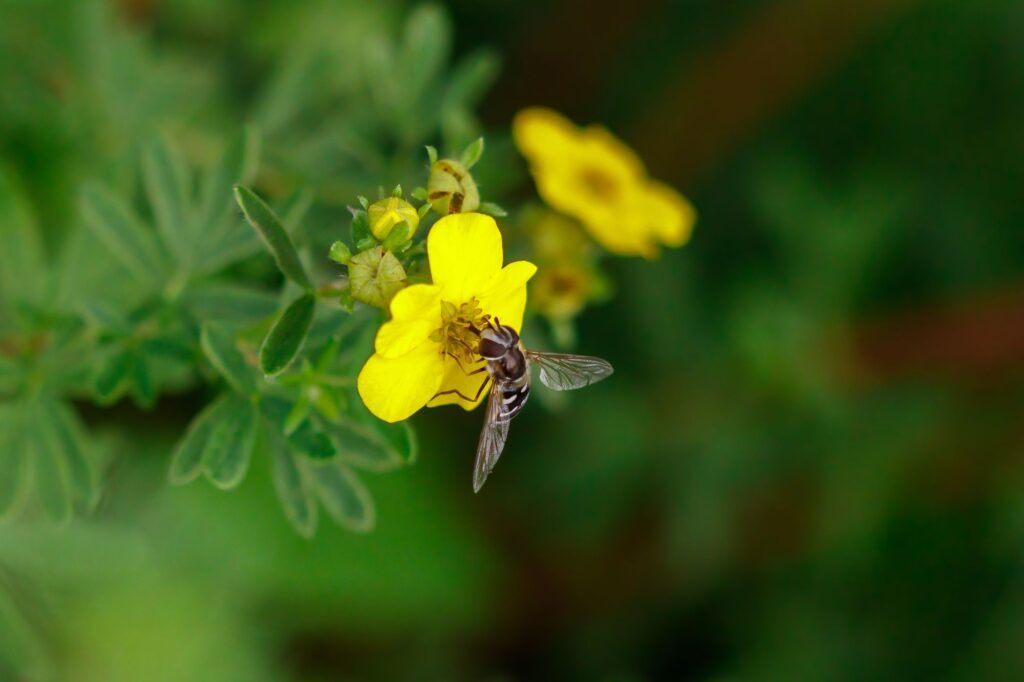
Photography by Lisa Cannon
Do you love nature, too? Are you looking to include more nature images in your photography catalog? Or are you looking to add creativity to the natural images you already capture? Let me introduce you to a few of my favorite tips and techniques for capturing creative nature images.
Here’s what I will cover:
- Finding your subjects
- Capturing your images
- Lighting matters
- Using specialized techniques
- Choosing black and white or color
- Wide views versus up-close details
- When all else fails, cheat
Recommended Reading: Want to learn how to make your photos stand out from everyone else’s? Grab a copy of Photzy’s Effective Storytelling premium guide.
There are a few questions I ask myself to help me decide what to shoot, where to shoot, and what gear to shoot with. Choosing a subject is a natural place to start with nature photography.
Choosing a subject is a natural place to start with nature photography.
For me, the choice of subject is influenced by several factors. Often, the first consideration is location, whether I am staying in my yard or neighborhood, or going out to a larger natural area like a park or forest. Then, I can start to consider the types of things I will have the opportunity to shoot. Around my home and neighborhood, I focus on garden plants, flowers, and whatever creatures may stop by for a visit. If I head out to a natural area, I will have different types of plants, insects, birds, and maybe even wildlife to capture. Those larger areas can also often lead to opportunities to create beautiful landscape images.
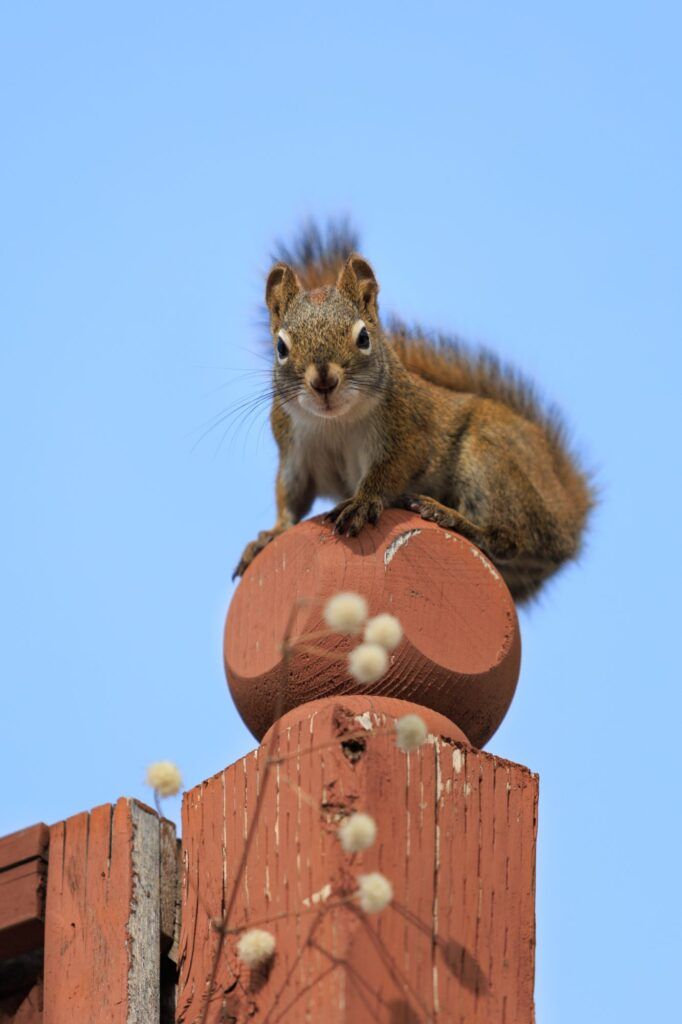
Photography by Lisa Cannon
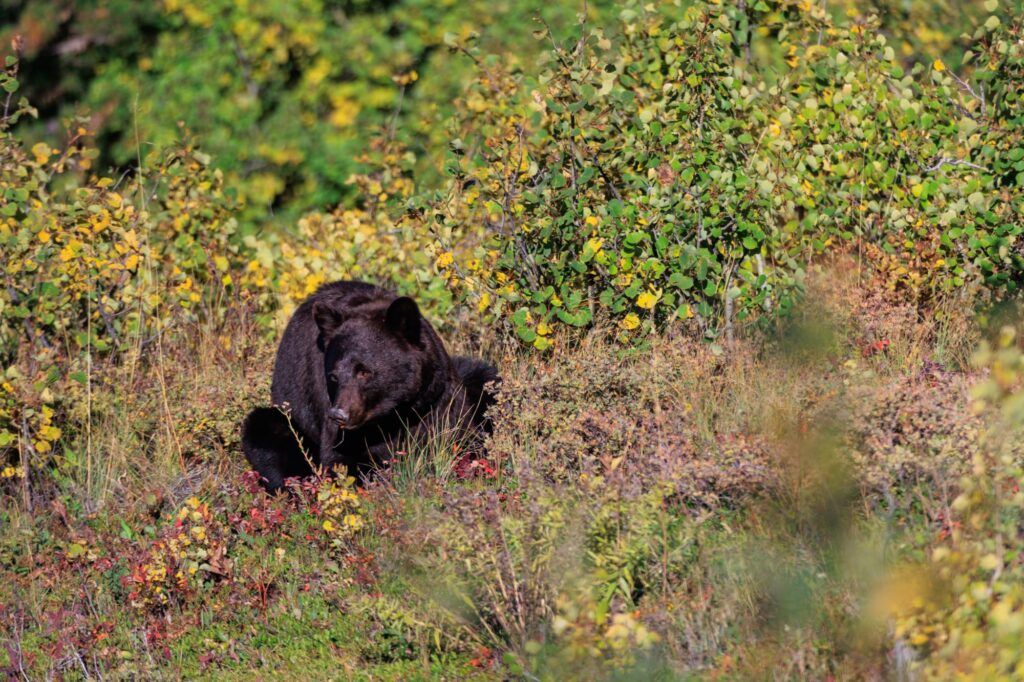
Photography by Lisa Cannon
Once at my location, I pay attention to the details around me. A great place to start is by simply looking down. I will look for interesting things like grasses, small plants, flowers, and sometimes even bugs. Next, I look up and pay attention to the details above, such as the trees, birds that may be in the area, and even things like unique cloud formations. Once I notice the obvious, I start to look for the unique. I try to remember to watch for details that the different seasons bring, like frost and snow, rainbows and puddles, or brightly colored foliage on the trees.
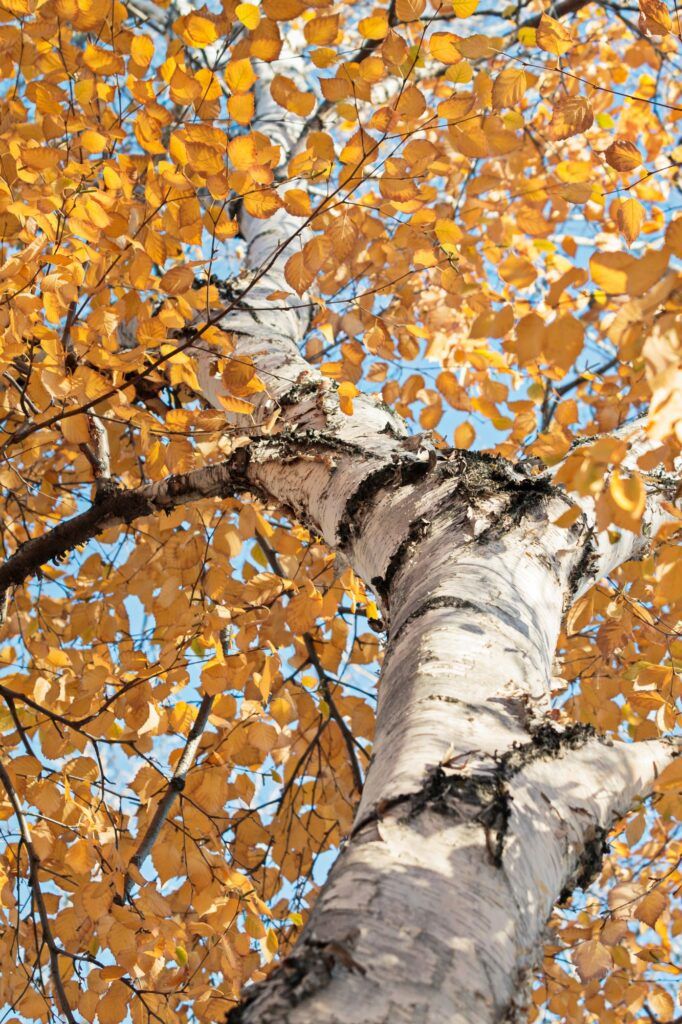
Photography by Lisa Cannon
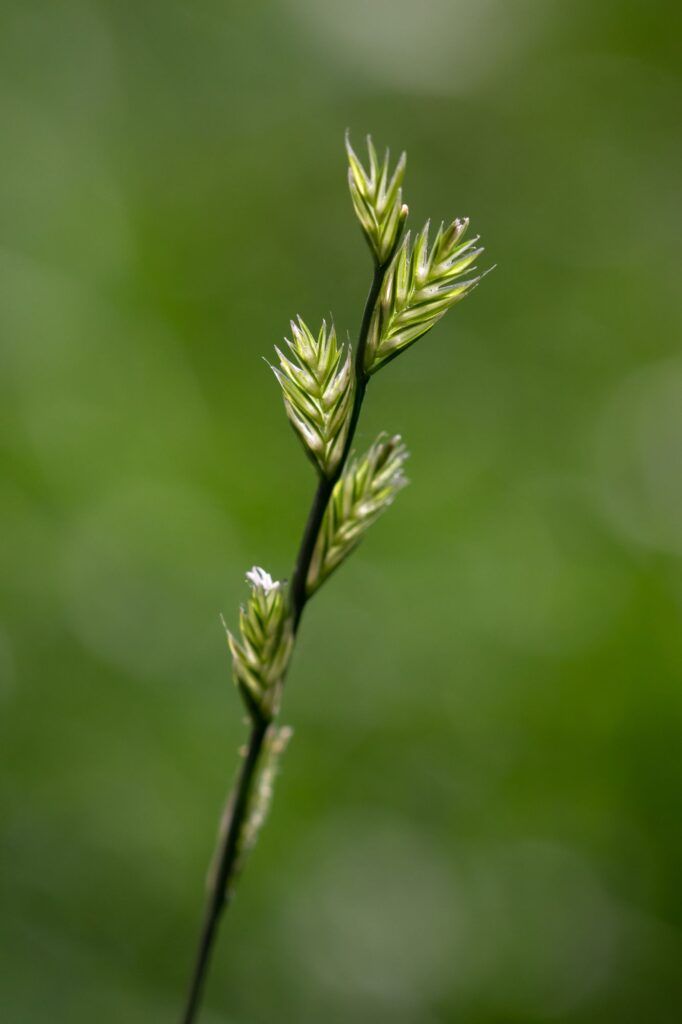
Photography by Lisa Cannon
I often shoot nature images with my macro lens, but that is a personal preference; any lens will work. Try to choose the best lens to capture your chosen subject. A macro lens is perfect for flowers, bugs, and detail images, but for a larger landscape image, you will want to use a wider angle lens. Fast lenses are great for shooting wildlife and insects, and large aperture lenses can help isolate subjects with a shallow depth of field.
Try to choose the best lens to capture your chosen subject.
Having said that, using lenses in unconventional ways can be a great way to capture creative images. For instance, try taking advantage of the compression created by a long telephoto lens to make the background appear magnified and closer to the subject or to help isolate a detail in a larger, busier scene. I have used my 105mm macro lens as a landscape lens to shoot a panorama of a smaller section of a waterfall, and it has become one of my favorite images.
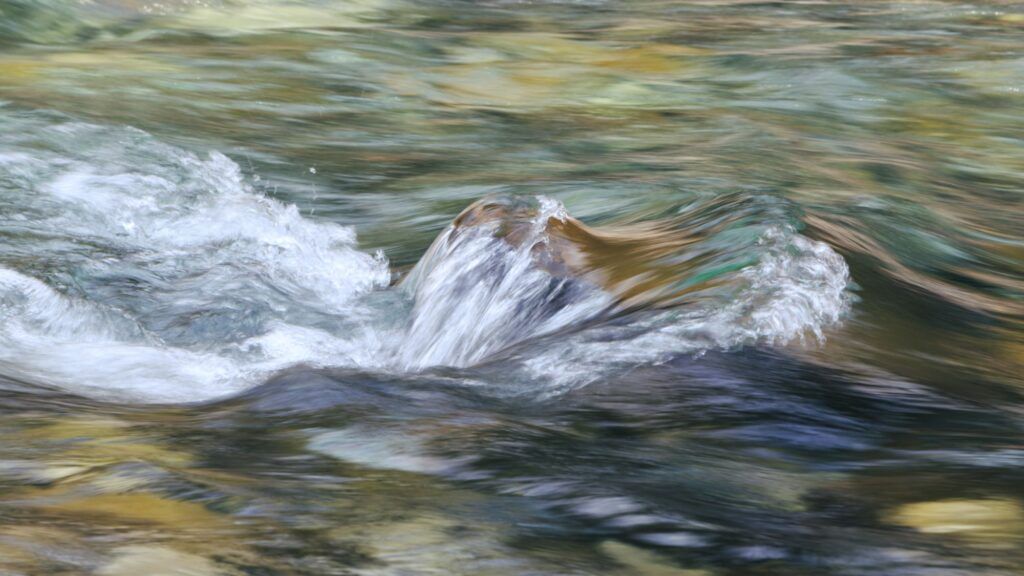
Photography by Lisa Cannon
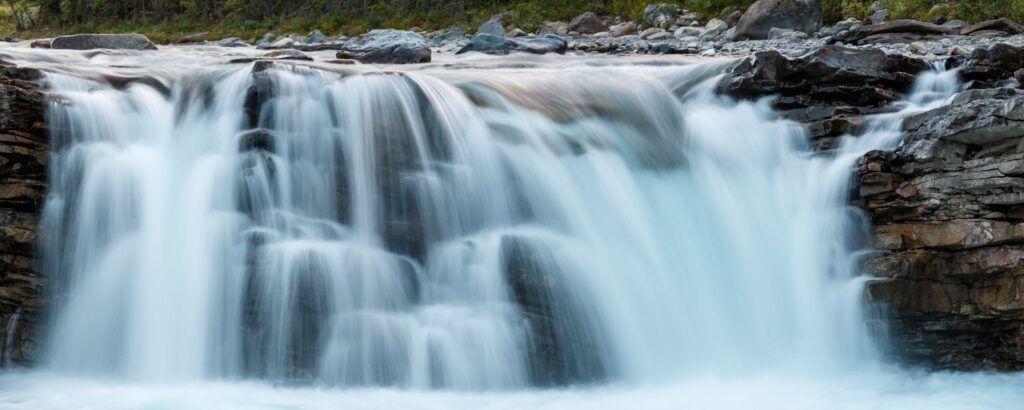
Photography by Lisa Cannon
Key Lesson: Start by choosing your subject and location and then choose your lens. Remember that lenses can be used conventionally or creatively.
Capturing Your Images
Once I have chosen my subject, it’s time to create. I find most aspects of nature to be eye-catching—if not outright beautiful—just as they are. I will often start by photographing a typical image first. I like knowing I have a good photograph of whatever caught my eye to take home. Next, I began to consider other ways to capture my subject. I often look for different angles because a change in perspective can add interest—some things look beautiful when seen from above, and some look better at the same level or even from below, for example. Flower petals, leaves, and many other things have undersides that can offer unique details. If I am shooting an insect, I will often try to capture its face to add a sense of personality to the image or look for a unique detail on its body to highlight. Insect images can require patience, but that patience is often rewarded.
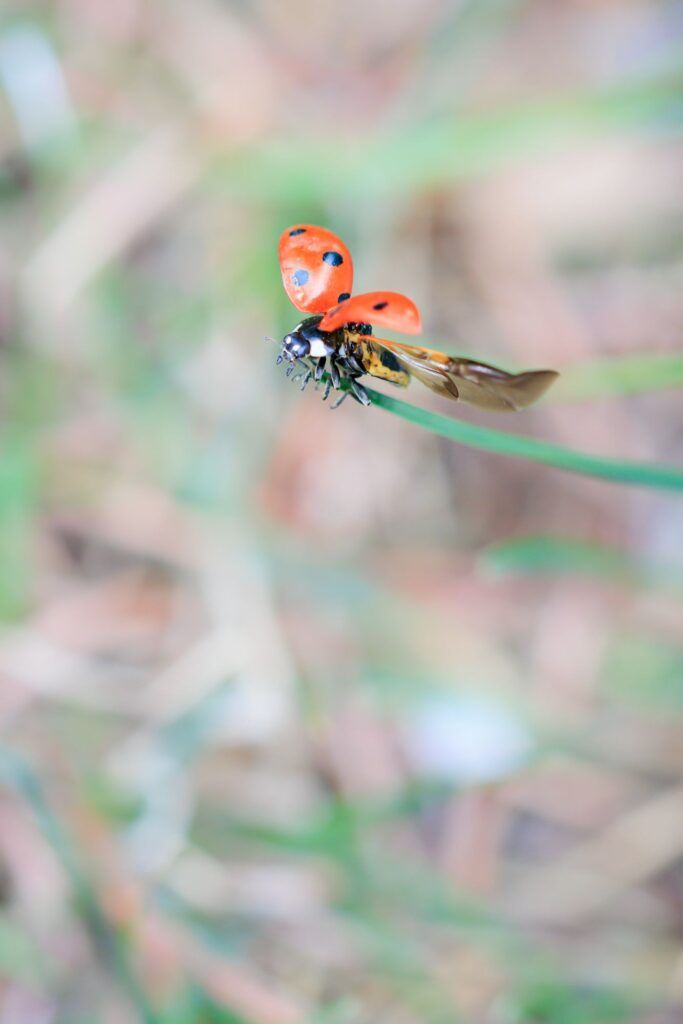
Photography by Lisa Cannon
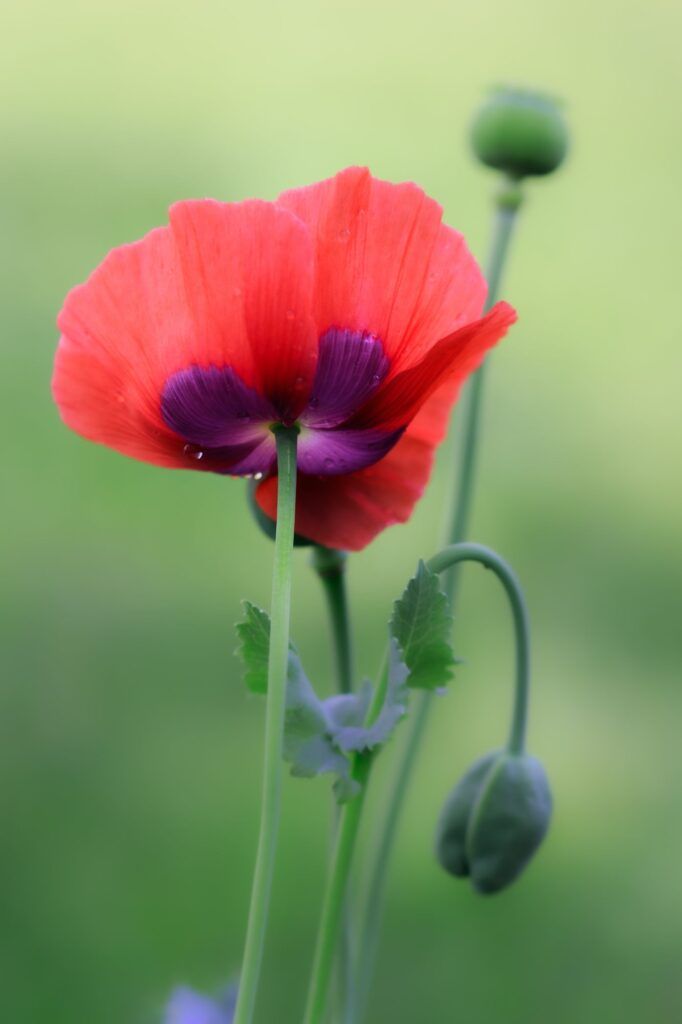
Photography by Lisa Cannon
The composition I choose can depend on my subject matter, but also on the story I want to tell. I do love classic subject-in-the-center images, but even with a beautiful flower or cute insect, they can get boring quickly. By using something as simple as the rule of thirds or a leading line, I can add visual interest by maybe including more of the subject or its surroundings or by helping to change the perspective. I will sometimes choose to use negative space to give birds or wildlife room to move within the frame or to convey a sense of simplicity or solitude.
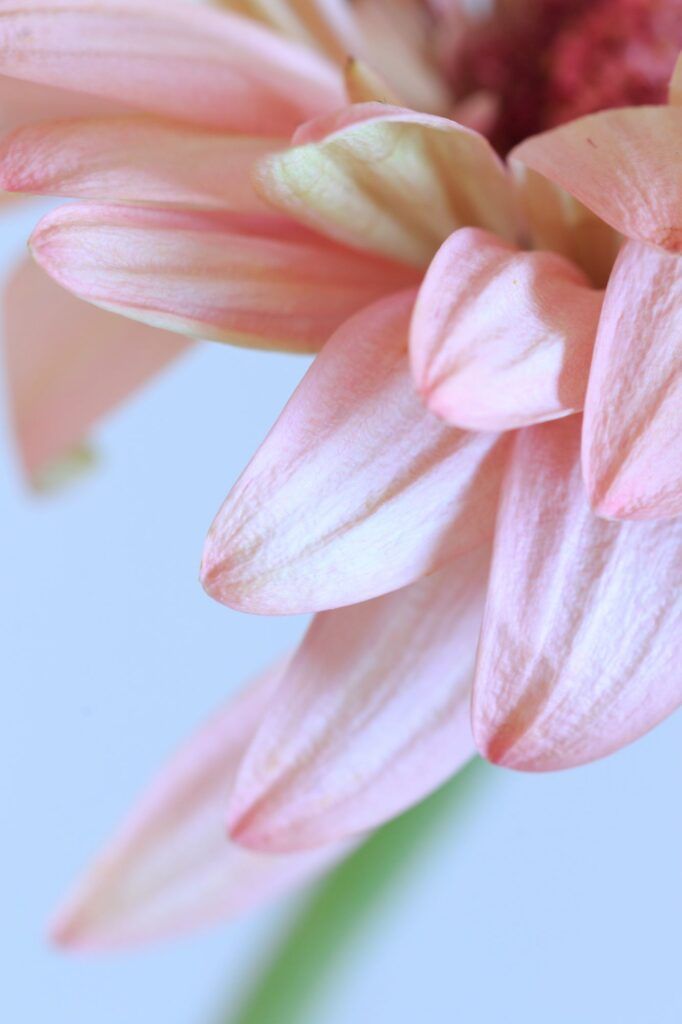
Photography by Lisa Cannon
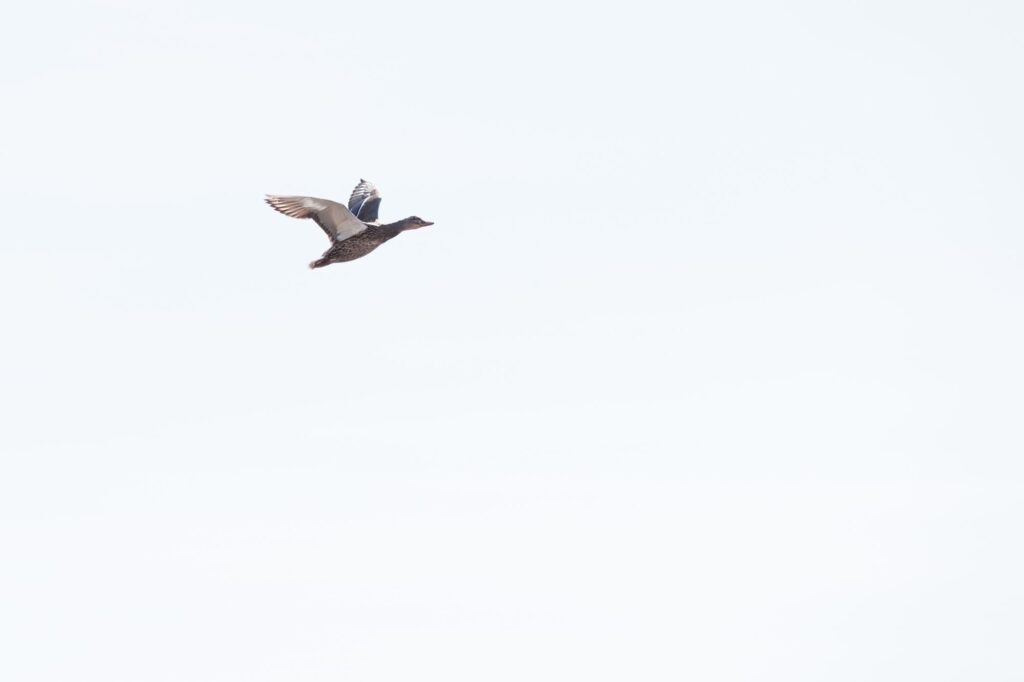
Photography by Lisa Cannon
One of the other things I do pay attention to, especially when I work in macro, is the elements that end up in the background of my image. Often, I am looking for anything that might take attention away from my main subject, but I have also learned to use the background as a creative addition. For some images, a soft, even bokeh background is the best background to make my subject pop. But for others, I will intentionally set up my composition to use the background to bring the viewer’s eye exactly where I want it.
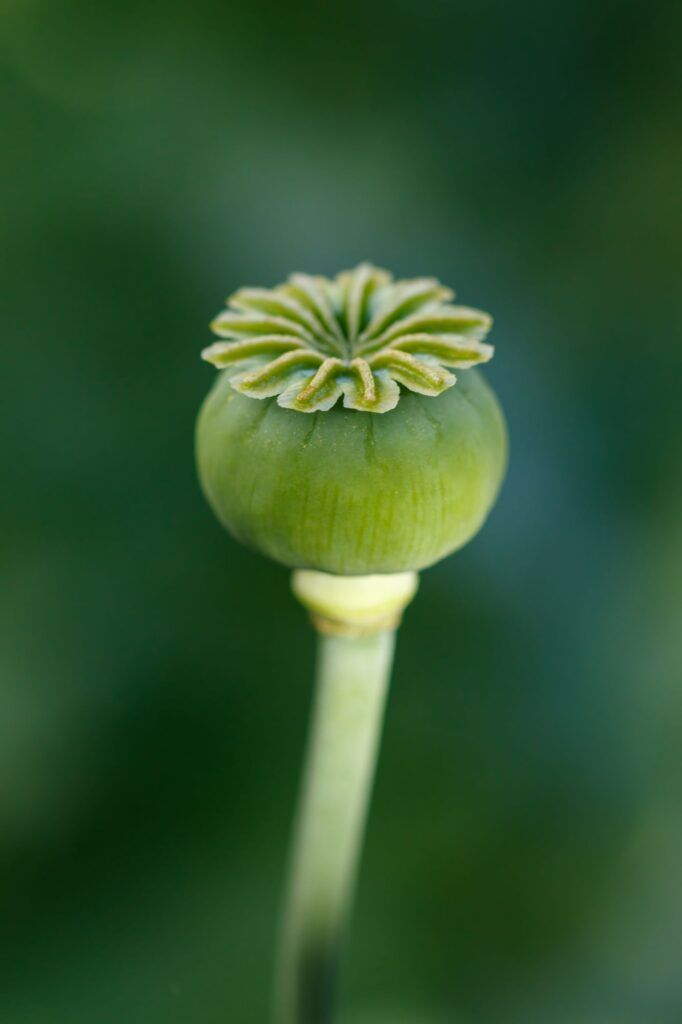
Photography by Lisa Cannon
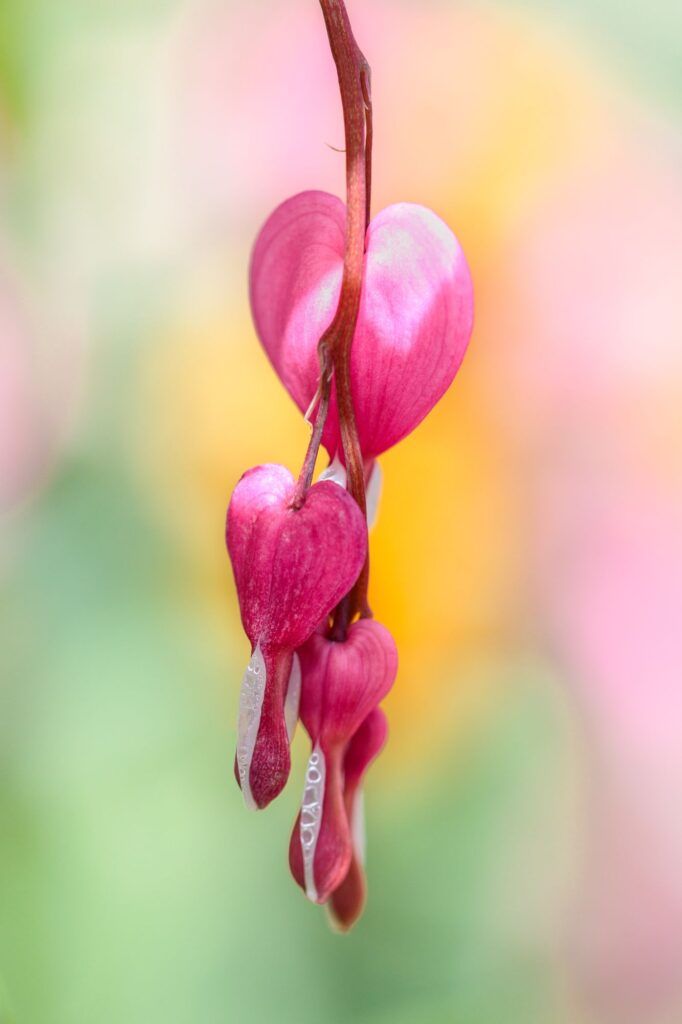
Photography by Lisa Cannon
Key Lesson: The framing you choose can take your image from good to great. Try different compositions to find what best suits your subject and the intent.
Recommended Reading: Want to learn how to make your photos stand out from everyone else’s? Grab a copy of Photzy’s Effective Storytelling premium guide.
Lighting Matters
Lighting is, of course, a key element of photography, and it is no different when working in nature. Front, back, or side lighting can all be used to capture great images. However, one thing I do to add visual interest to my photos is to look for unique lighting scenarios. I watch the quality of sunlight at various times of the day and during different seasonal events. For example, the atmosphere in my area can be affected by wildfire smoke during the summer months which often leads to some interesting qualities and colors of available light.
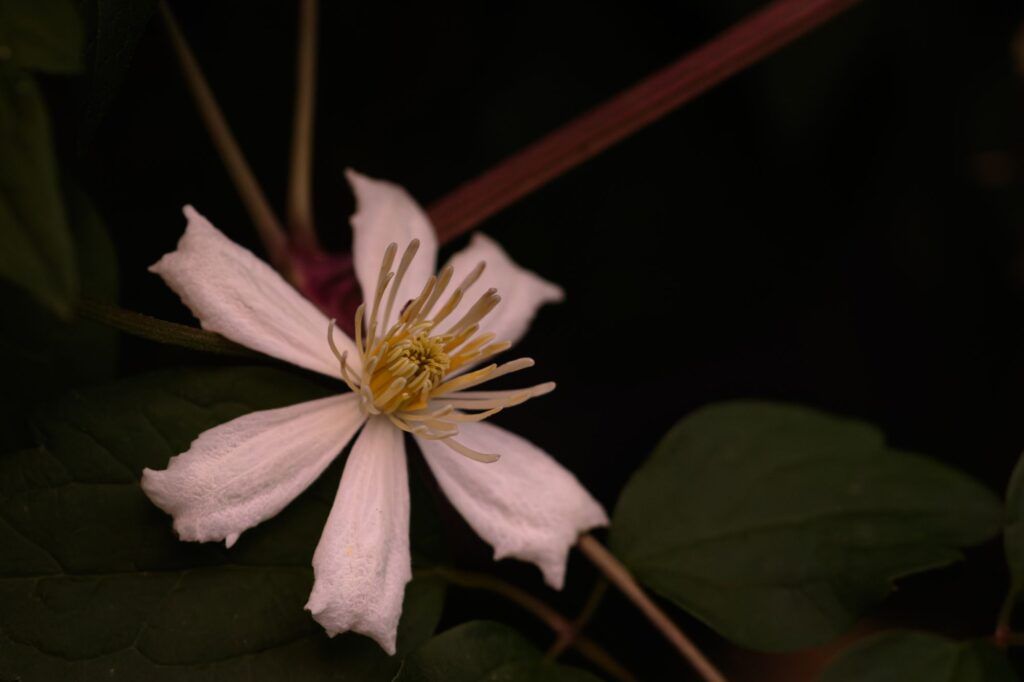
Photography by Lisa Cannon
In this example, I did not change the color temperature of the sunlight on this white flower.
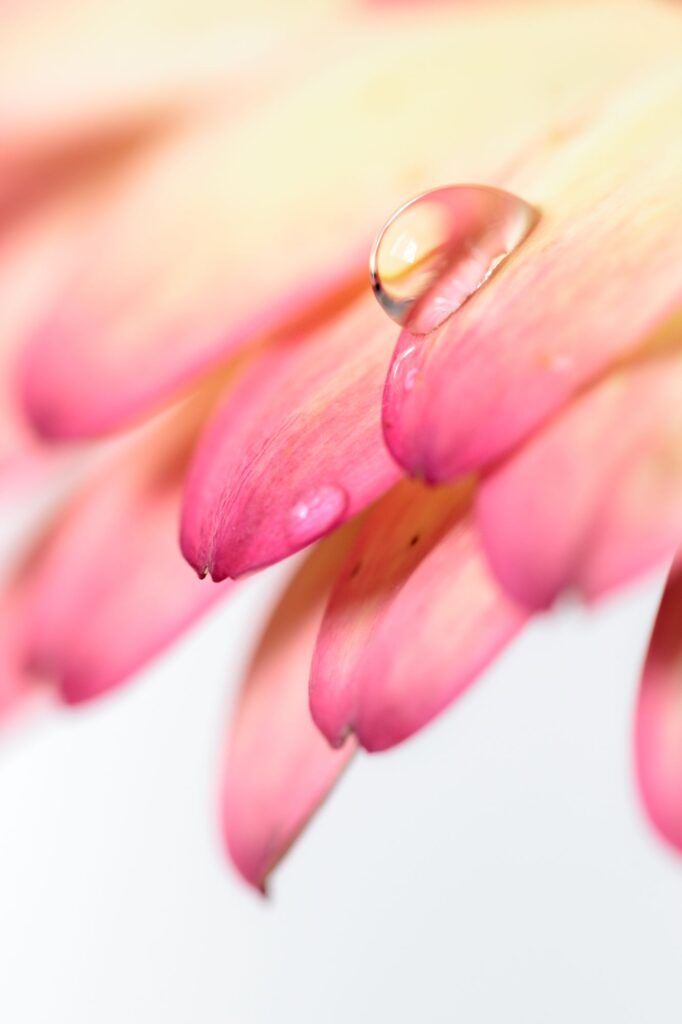
Photography by Lisa Cannon
If I don’t want to wait for unique lighting, a flash can help create some. Whether I use a setup with several lights or something as simple as mixing flash with natural light, this gives me complete control of the mood and story I create. I enjoy the freedom that comes from playing with various setups and seeing how my choices affect the images I end up with.
Key Lesson: Lighting can make or break an image. Try to observe the light at different times to find interesting conditions. And don’t be afraid to use artificial light to help create the lighting conditions you want.
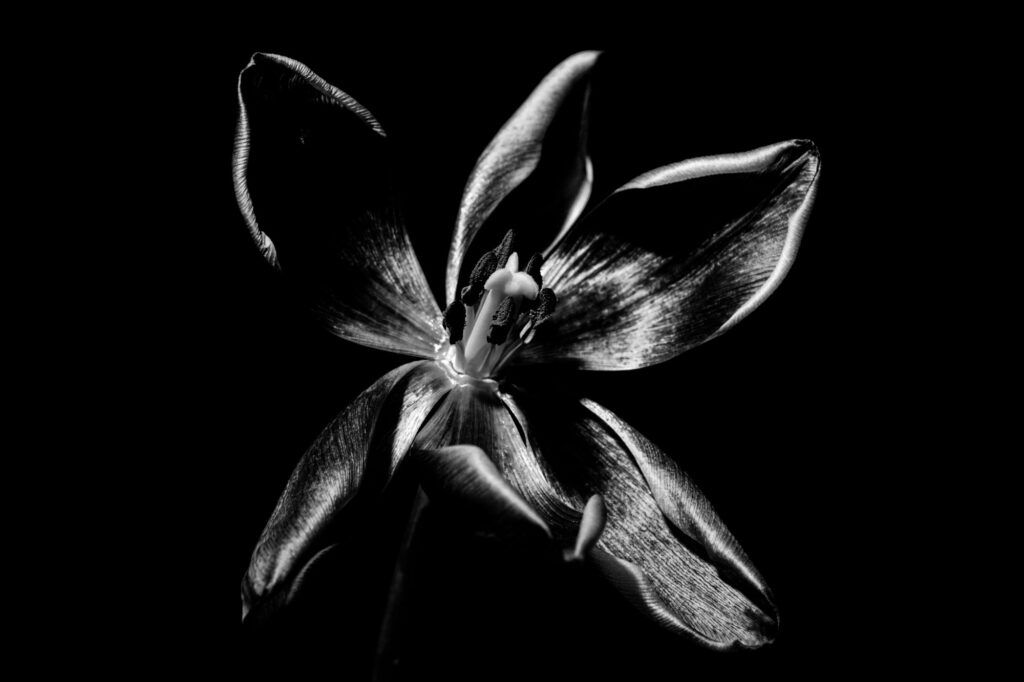
Photography by Lisa Cannon
Using Specialized Techniques
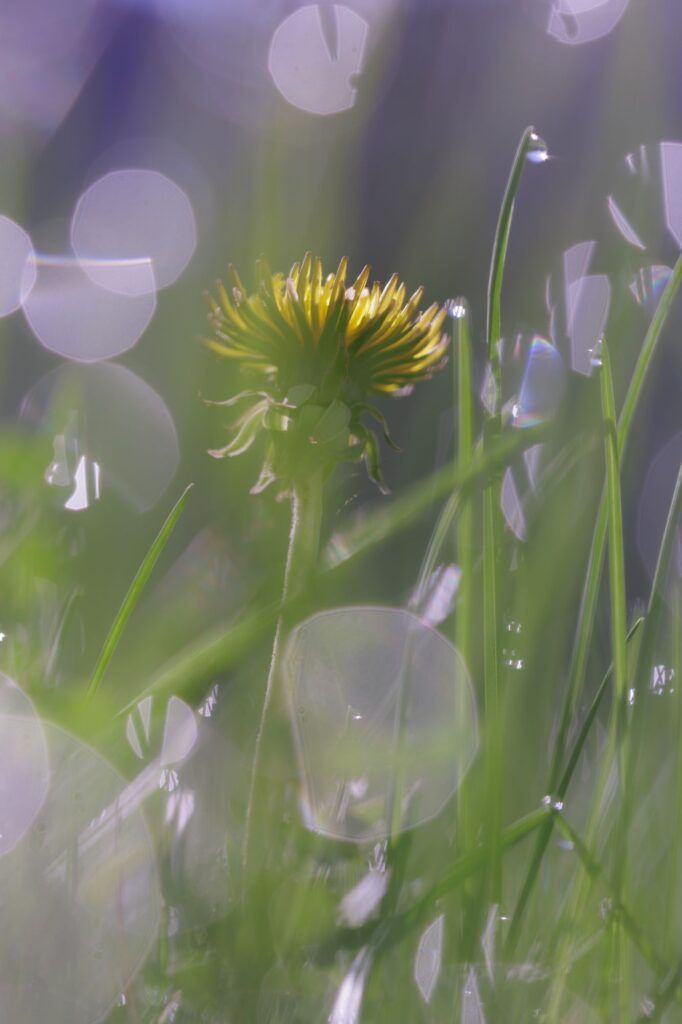
Photography by Lisa Cannon
Some specialized techniques can be used to take a photo from typical to creative. Two of these that I have used for close-up and macro images are focus stacking and shoot-through. Focus stacking is taking multiple exposures at different parts of the subject and stacking them in post-processing to create one image with a much deeper depth of field than a single exposure could provide. To use the shoot-through technique, put an object between the camera lens and the main subject. It will produce a soft, blurred overlay effect and can tint the image the color of the shoot-through object.
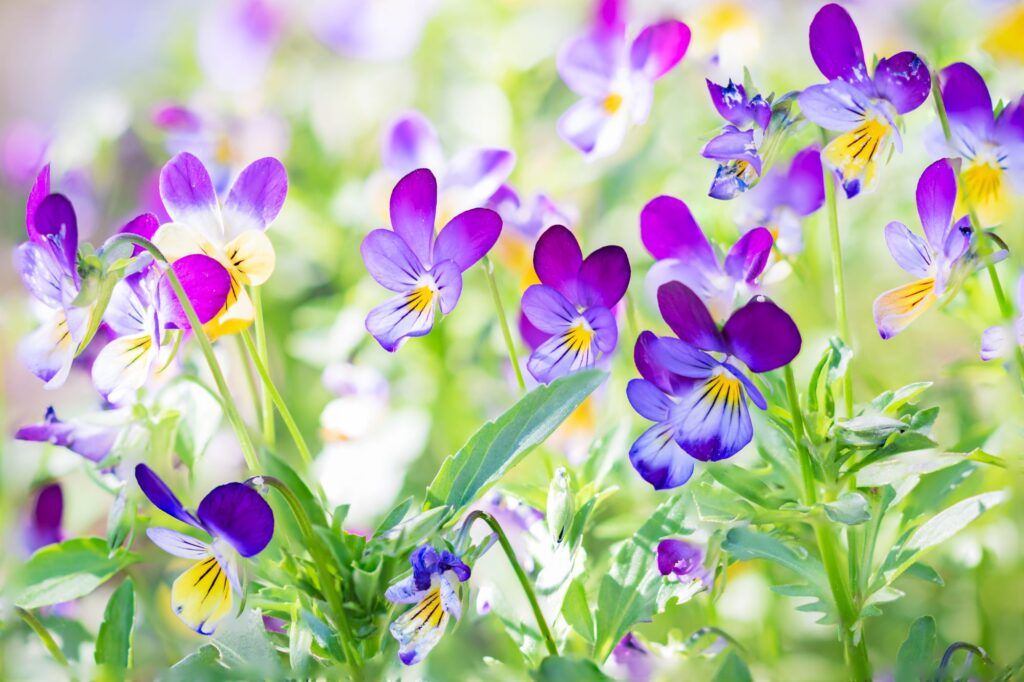
Photography by Lisa Cannon
There are also several different ways to add creativity to a wide or landscape nature image. Shooting a long exposure image is a great way to add interest to moving water by highlighting its motion or smoothing it out completely.
Shooting a long exposure image is a great way to add interest to moving water by highlighting its motion or smoothing it out completely.
Image stacking works well in astrophotography to capture more detailed images of the Milky Way, for instance, or to create a star trail image. Image blending combines different elements from multiple exposures into one final image. HDR or manual luminance blending is a very common way to balance light in highly contrasted landscape images. And don’t forget that it’s possible to use more than one of these techniques in post-processing.
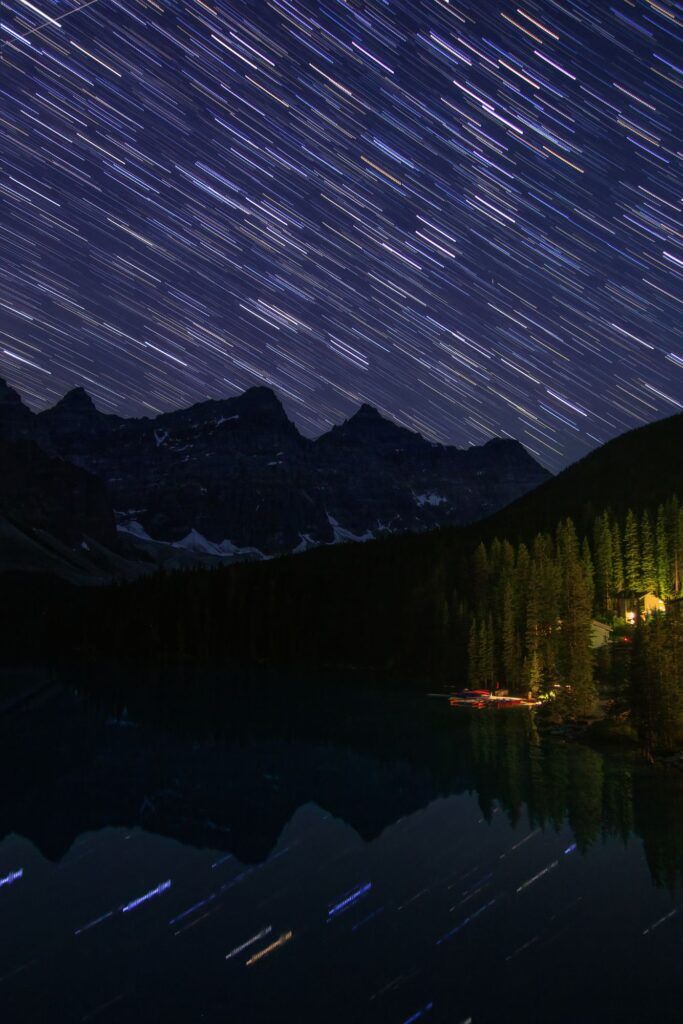
Photography by Lisa Cannon
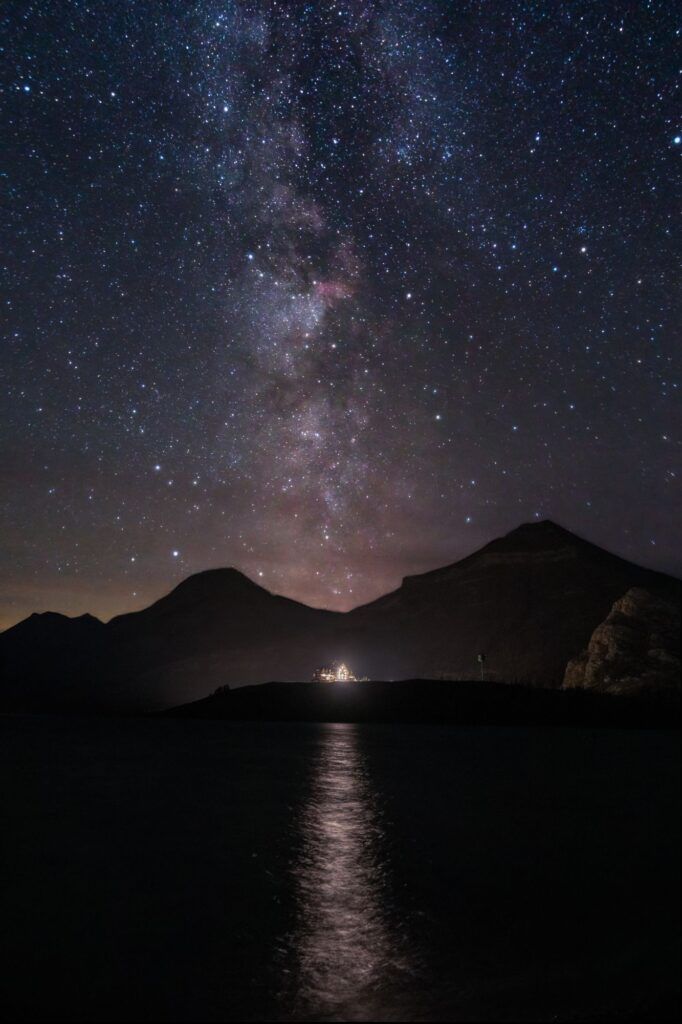
Photography by Lisa Cannon
For the Milky Way image here, I used image stacking to bring detail to the sky, exposure blending to reduce the lighting on the hotel, and image blending to put the stacked sky onto the blended hotel foreground.
Key Lesson: Research and learn new techniques to try. Join online groups, use online resources such as YouTube, and even ask other photographers which techniques they use.
Choosing Black and White or Color
Photographing outdoors, especially in bright conditions, can offer the perfect opportunity to shoot for black and white images instead of color. Black and white allow me to be creative in different ways. For example, these images lend themselves to high-contrast scenes much better than color. Bright light will often wash out color, but since color isn’t a consideration, I don’t have to try changing the composition or shading the subject to adjust for it. Black and white will often help to highlight detail where bright light can hide it, so shooting black and white opens up other ways I may want to capture my subject. Finally, it can help to mute, if not eliminate, distractions within the scene by removing competing colors.
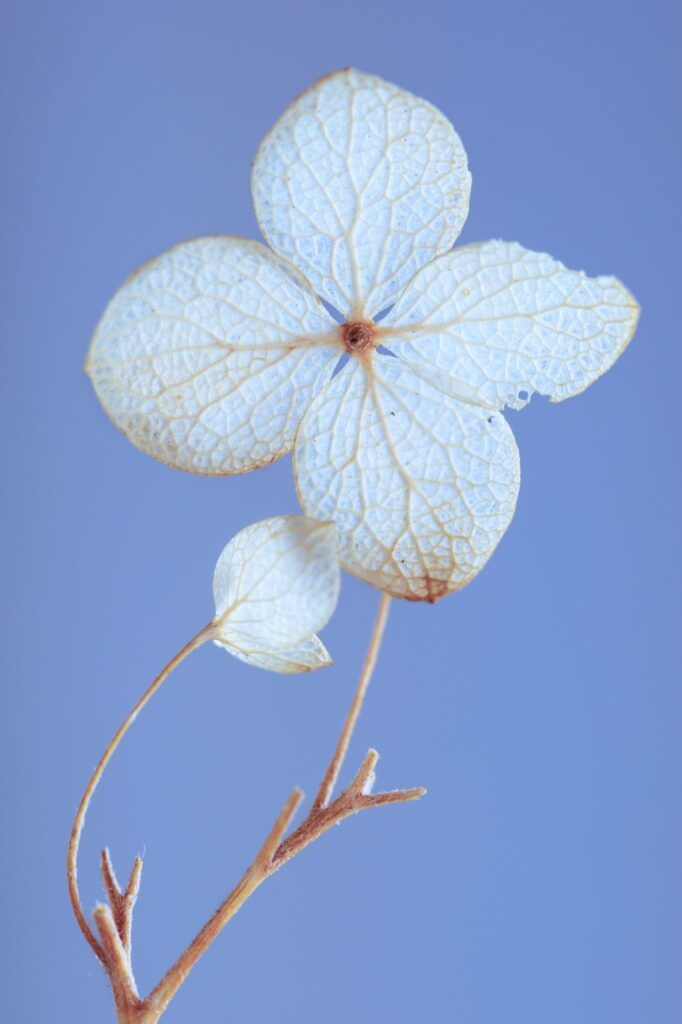
Photography by Lisa Cannon
Here is an example using a tiny dried flower I found in my yard. I shot both images in the same room, at the same time, using natural light. The difference in detail and texture between the images is certainly noticeable.
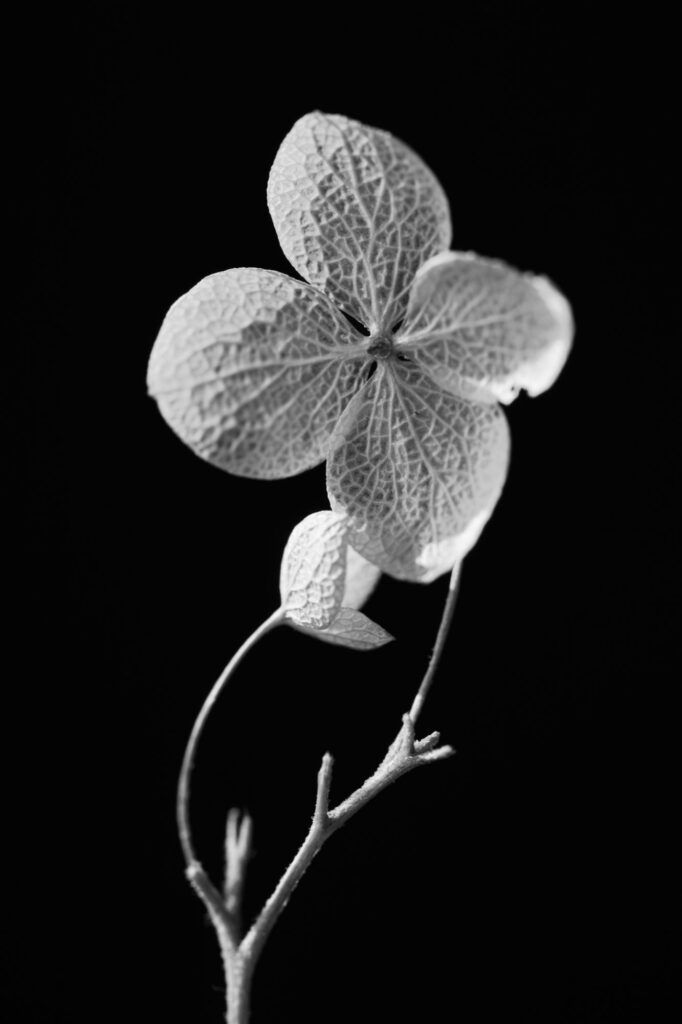
Photography by Lisa Cannon
Key Lesson: Watch for high contrast or visually busy scenes as an opportunity to try black and white images.
Wide Views Versus Close-up Details
I have mentioned macro photography throughout this guide mostly because it is one of my favorite genres to work in. I have a detail-oriented mind, so it is not surprising that I continuously notice details around me. But I also enjoy wide open scenes, whether it’s a mountain vista or a field of wildflowers. Nature offers an unlimited number of ways to look at it.
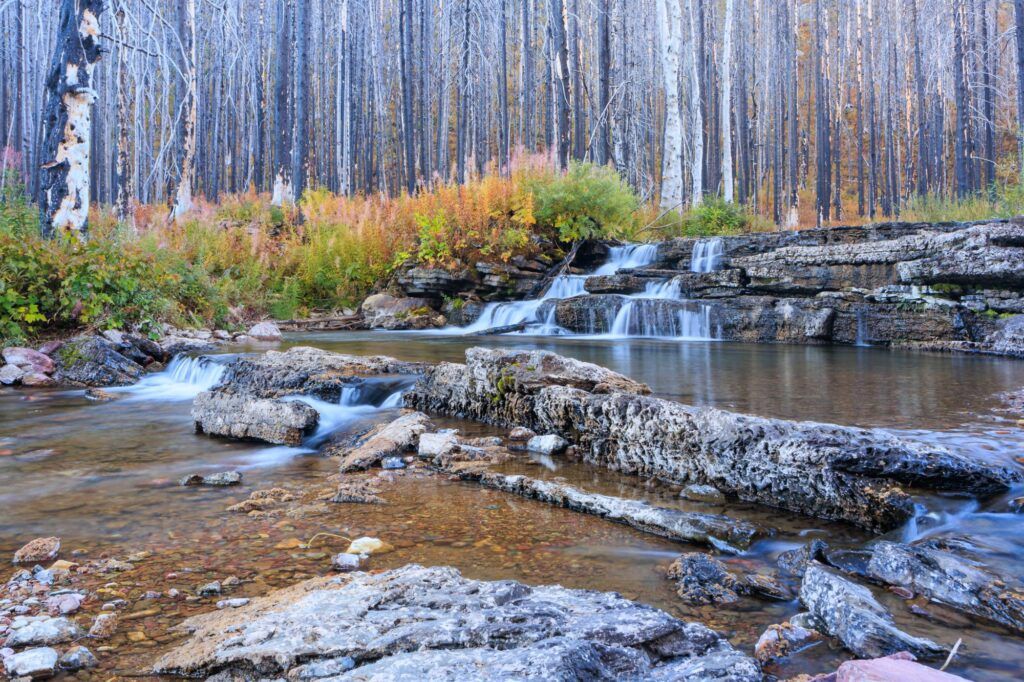
Photography by Lisa Cannon
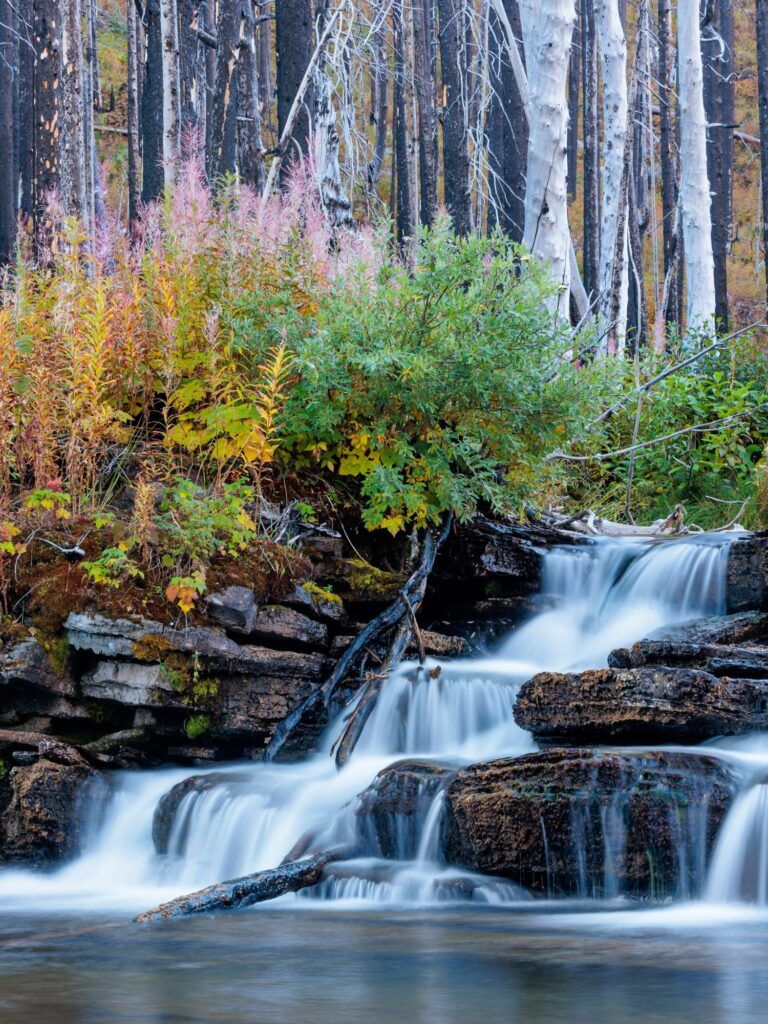
Photography by Lisa Cannon
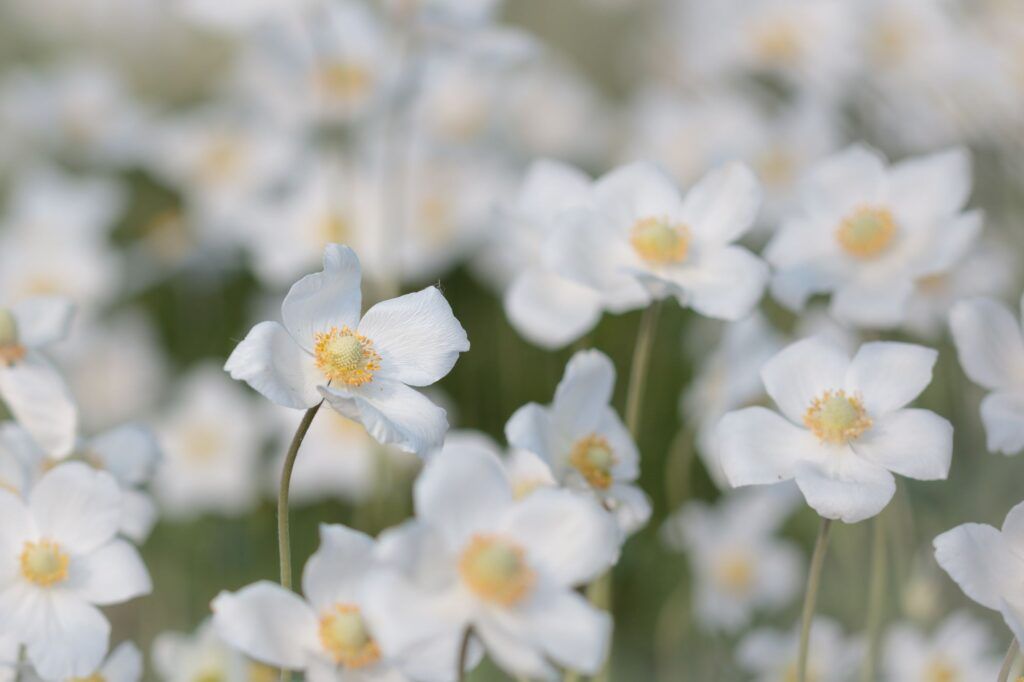
Photography by Lisa Cannon
I have learned landscape photography techniques to help me capture wide views in the best way possible, and I have then taken that information and adjusted it to produce unusual results. For example, I might photograph the entirety of a beautiful waterfall scene and then focus specifically on just one part of it to create an entirely different image without moving my camera. Or I can use a wide aperture to keep a few flowers in a large field sharp instead of trying to keep as much of it in focus as possible.
Key Lesson: Remember to consider nature in the wider, more expansive views and the smaller, more detailed perspectives.
When All Else Fails, Cheat
One of the things I like about nature photography is that I don’t always need to wait for the perfect conditions to capture unique images—I can cheat. I don’t mean using editing software to manipulate images, but rather that I can adjust elements right in the space I am shooting in. I can add or adjust the light with flashes, reflectors, or scrims or I can remove light using anything to create a shadow. I’ve even used myself to create that shadow from time to time. Spray bottles and garden hoses can look after a recent rainstorm. And it’s easy enough to create movement on smaller subjects by simply fanning them.
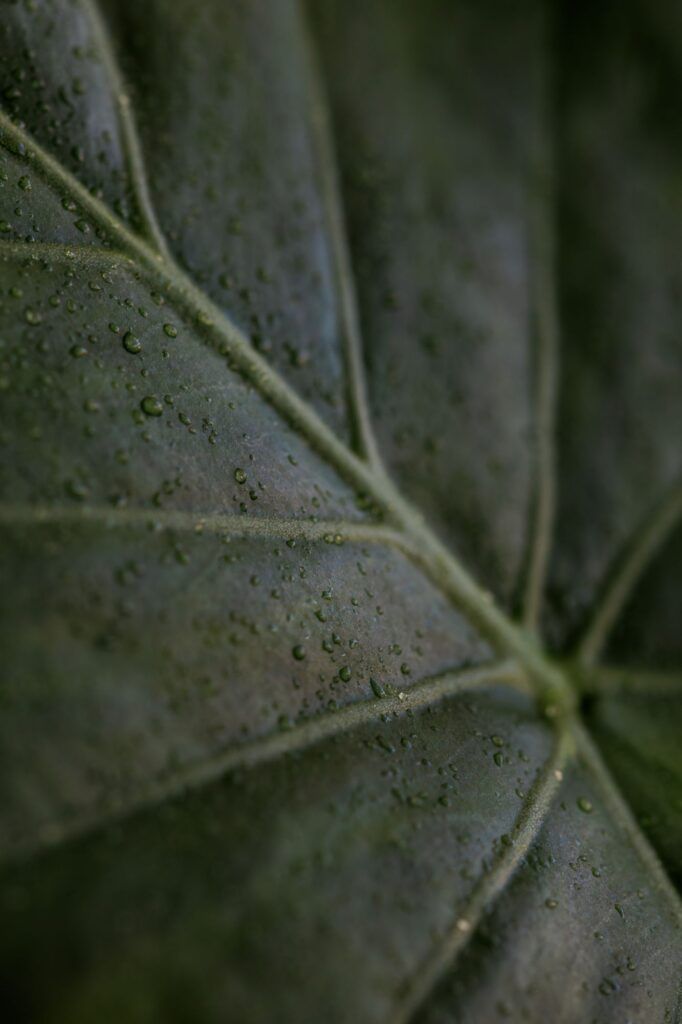
Photography by Lisa Cannon
A few pieces of small gear in my camera bag can help, too. I carry two filters with me (a variable ND and a circular polarizer), as well as a set of step rings so I can use them on any of my lenses. Used separately or together, the two filters can help to create all kinds of unique and creative results by slowing my shutter speed and reducing the amount of reflection in my image. I don’t routinely carry a flash and small diffuser with me simply because of the size of my camera bag, but I bring them on planned shoots or use them in the yard at home to manipulate the lighting conditions. I always have one of my small white and silver reflectors with me because they come in handy for macro or close-up images. I find even just that one thing gives me new options to explore.
Key Lesson: Creativity doesn’t just apply to the image itself, but also to how it is set up and captured. Keep an open mind, and a few tricks in the camera bag.
My Final Thoughts
Nature is all around us, whether we live in the city or the country. Experiencing nature can be as simple as opening a window to let in a breeze. By letting creativity be your guide, it can be easy to capture beautiful images of something as simple as a house plant or as grand as a mountain landscape.
I encourage you to open your senses to the world as you go about your day and notice the nature that surrounds you. Once you see it, let it be the inspiration and guide to kick your creativity into action. With a little practice and maybe even a lesson or two from this guide to help, you’ll be capturing your own beautiful nature images in no time.
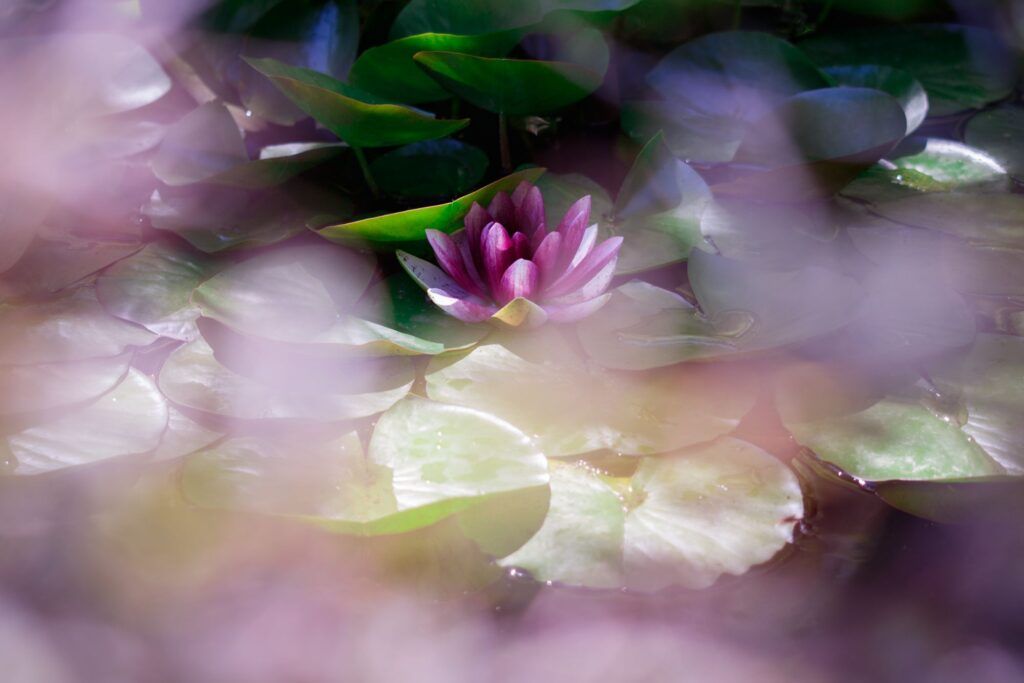
Photography by Lisa Cannon
Recommended Reading: Want to learn how to make your photos stand out from everyone else’s? Grab a copy of Photzy’s Effective Storytelling premium guide.
Self-Check Quiz:
- Which two filters did I mention?
- True or False: Flash can be used inside or outside to change the lighting conditions.
- True or False: The best nature images can only be found far away from home.
- Is color the only option when working with natural images?
- Is it possible to capture unique nature from both a wide and detailed perspective?
- Is it okay to cheat when shooting nature images?
Learning Assignment:
Because nature is all around us, it can be easy to overlook opportunities for creative images. I encourage you to engage your senses when you are outside and pay attention to your surroundings. Change your perspective, even if it’s just by sitting down in the grass or looking up. Take your time when you do go out to shoot, watch how changing conditions can affect your subject, and don’t be afraid to think outside the box.
Resources:

